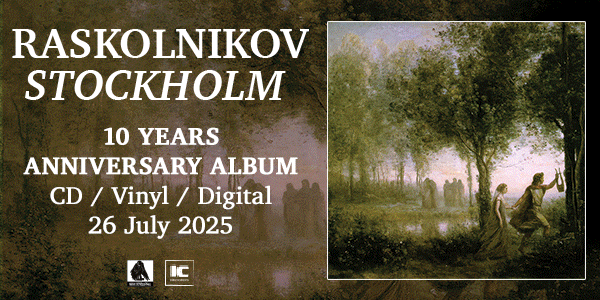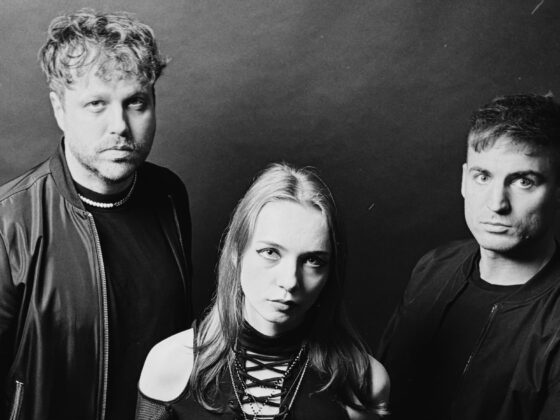In an era marred by disillusionment, where the vestiges of purity and benevolence struggle to assert themselves amid the prevailing tumult, Nathalie Astrada has found a resonant voice. Her work as Lux Mala is tinged with a stark realism that borders on the pessimistic: a poignant testament to the contemporary condition. It is a solitary cry in the night, seeking to unearth beauty in the most shadowed corners of existence. In her narratives, there is an exploration of a paradoxical relief found within suffering, and a robust affirmation of rebellion as a conduit for strength. Astrada’s reflections offer a mirror to a world grappling with its own complexities, providing a canvas where the sombre and the sublime intertwine.
The legend of “Lux Mala,” rooted in Argentine folklore, is a captivating and eerie tale that has permeated the cultural consciousness for generations. Translated to “Evil Light,” this myth speaks of a mysterious luminosity that emerges in the solitude of darkness, particularly within the dense embrace of the forest. It is said to be the restless spirit of an individual who, for reasons unknown, was denied a proper burial and thus condemned to a spectral existence.
“This song is very important for me,” she says. “You just have to listen to it to realise who I am – or what I am – and what can I do to you if you find me!”
The lore advises that encountering the Luz Mala is an ominous experience. Those who find themselves in the presence of this spectral light are urged to flee, as it is believed to be malevolent. The superstition holds that to touch or engage with the Luz Mala is to invite misfortune and harm upon oneself. It serves as a cautionary tale, warning of the perils that lurk in uncharted natural spaces when night falls, and symbolizes the fear of the unknown and the unseen forces that are believed to exist beyond the boundaries of human understanding.
The music video for “Lux Mala” is a visually striking piece, filmed in the dense forests of Hällsingland, Sweden, known for its depth and seclusion: an ideal backdrop for themes of mystery and the supernatural.
The video, co-directed by Astrada and Valle Gren, explores the lore of Lux Mala through her music. The song, performed in Spanish, delves into the story of this enigmatic spirit and offers guidance on what one should do if they encounter it.
“I enjoyed being barefoot in the woods, surrounded by pure nature, very tall trees, old big rocks with mold and the purest air I could breathe. I felt like I belong there, I felt like I was at home.”
Watch the video below:
Her musical approach is defined by a minimalist and simplistic style, focusing on delivering a clear message through limited tools. She draws inspiration from a diverse range of bands including Depeche Mode, Nine Inch Nails, Siouxie and The Banshees, and Argentine groups like Virus and Sumo. Her music is a blend of post-punk, goth rock, synth pop, and dark wave, that transcends traditional genre boundaries.
Working from her home studio, Nathalie creates soundscapes characterized by dark tones, gothic elements, danceable bass lines, and atmospheric synthesizers. Her songs are introspective and transgressive, sung in both English and Spanish with a powerful, velvety voice.
Order the album here
Based in Spain, her work reflects the complexities of her native Argentina, emphasizing themes of harshness and nonconformity. She independently produces her music and videos, maintaining creative control. In 2022, Nathalie released her debut album “Lux Mala” and three singles, followed by an EP in late 2022. She continues to evolve artistically, with new songs on the horizon. Pablo Abatte was the Audio Engineer for Lux Mala.
Follow L U X M A L A:
















 Or via:
Or via: